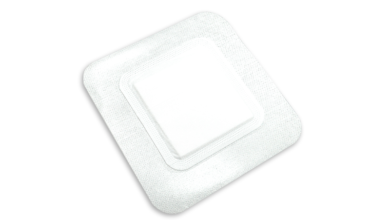In an emergency, a Mindray AED is a life-saving device.

AEDs should be installed in public areas to preserve the lives of the general population because when CPR and an AED are used correctly within a minute of rescue, the patient survival rate can surpass 90%. To illustrate the significance of AED for workplace, let’s use Mindray’s AED as an example.
Things you need to do before using an AED
Keep an eye on the patient’s respiration and state of consciousness while ensuring sure they are safe and aware of their surroundings. Making an emergency call is the first step in providing first help. After that, follow the given instructions to appropriately defibrillate using the AED.
Follow the instructions to the letter while using an AED.
The general principle for employing AEDs is “Listen to it, act following the instruction.” Follow the AED voice instructions precisely; don’t hurry through or skip any stages.
Attach the electrode pads and wait for the AED to evaluate whether the patient’s heart rhythm necessitates electrical defibrillation. Avoid touching the patient during this time so that the AED can accurately measure the patient’s heart rhythm.
Before pressing the discharge button, make sure the patient cannot be touched because defibrillation should only be performed when advised. To avoid electrocution during defibrillation, keep your distance from the patient and sternly warn everyone around.
Follow the AED’s voice instructions until the patient awakens or an ambulance arrives. Don’t turn the AED off while using it. The electrodes shall not be removed.
Conclusion
Due to the Mindray AED’s innovation, which has been shown to increase the success rate of first aid, it should be a useful tool for treating sudden cardiac arrest in public spaces like workplaces and schools. For further details, go to the official Mindray website.




